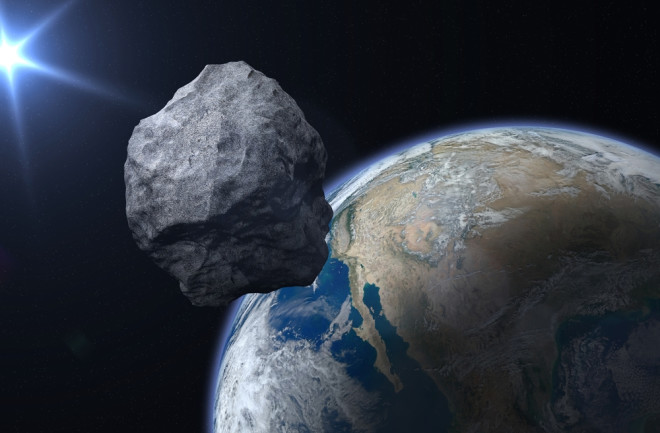Earlier this year, on 13 July, an asteroid the size of an office block flew past Earth at about a quarter of the distance to the Moon. In astronomical terms, that’s a hair’s breadth, the closest of close shaves. A direct hit would have produced an explosion equivalent to 1.5 megatons of TNT. By comparison, the nuclear bomb dropped on Hiroshima produced just 20 kilotons.
Perhaps the most worrying aspect of this incident was that astronomers didn’t spot the body—called 2023 NT1—until 2 days after it had passed. They missed it because 2023 NT1 approached from the Sun. The same blind spot also hid the Chelyabinsk asteroid, which injured more than 1600 people and damaged 7000 buildings when it exploded in the atmosphere above Russia in 2013. The Chelyabinsk rock was half the diameter of 2023 NT1.
These incidents raise the prospect of potentially catastrophic scenarios and of what can be done to prevent them. If astronomers were to spot an asteroid heading towards us, what are our options if we have only a few days’ notice?
Now a team of astronomers and computer scientists have simulated this scenario, as if 2023 NT1 was discovered heading towards us and that the impact was just a few days’ away. “We investigate a variety of short warning time, terminal mitigation scenarios via fragmentation for a hypothetical impact of asteroid 2023 NT1,” say Brin Bailey, at the University of California, Santa Barbara, and colleagues.

